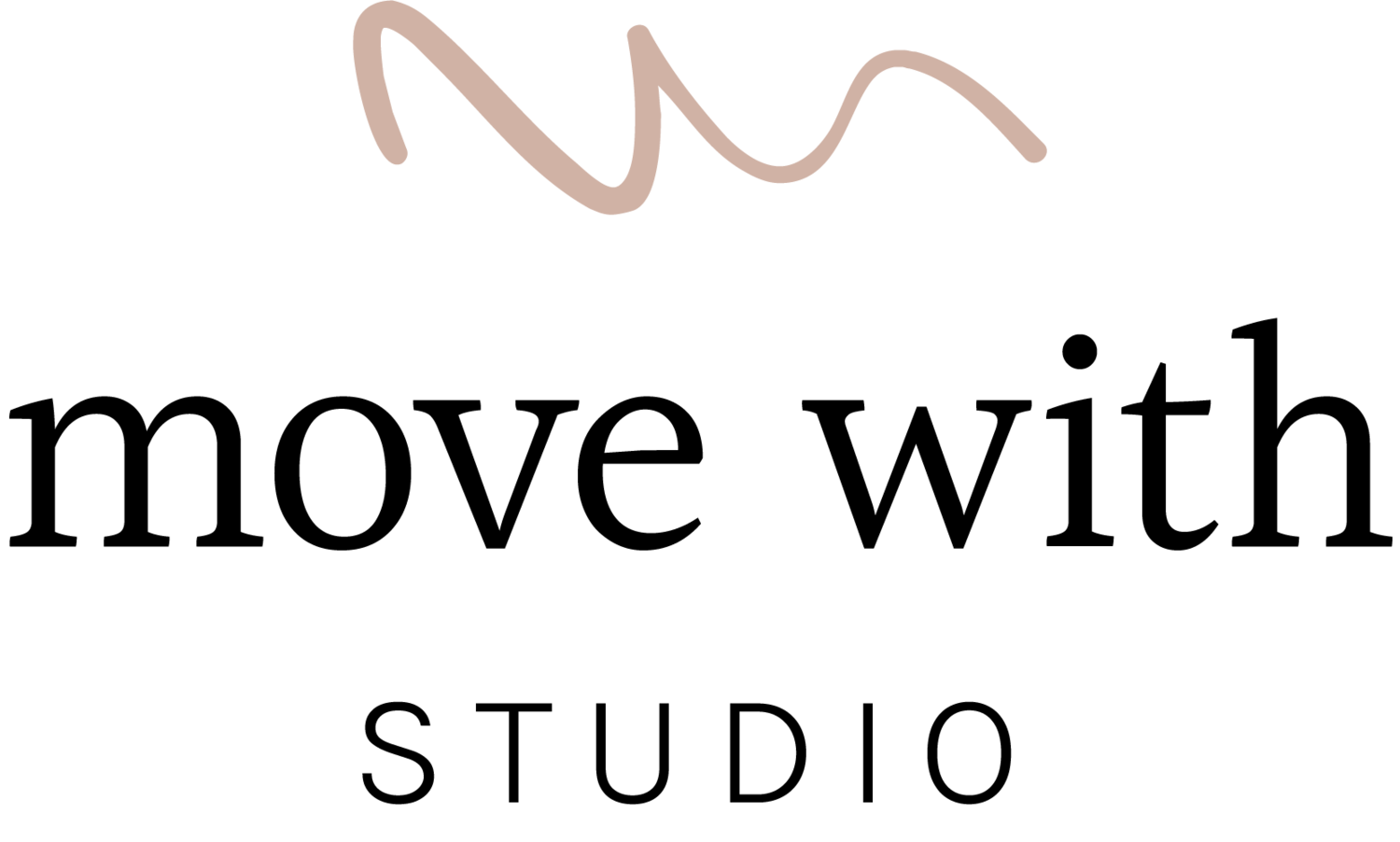How Pilates Can Relieve Tension In Your Neck
A painful neck, sore upper back and tight shoulders are common complaints. Many of our Pilates clients ask for neck release and stretches to relieve tension, which can help temporarily. In order to find long-term relief from neck pain, it goes back to the basics: strong abdominals and back muscles, serratus (underarm muscle) activation, proper spinal alignment (including the cervical spine), and healthy breathing patterns. It’s been shown that doing Pilates exercises regularly can be very effective for improving neck pain and creating better posture.
Strong abs and back
Your neck could be doing the heavy lifting if your abdominals are not doing their job. The head weighs around 8-10 pounds, and your abdominals need to be strong enough to support your upper torso and head. Without proper support your neck can tense to “help out”. For instance, with weak abdominals, you might compensate by lifting the shoulders and flexing the spine for support, which can exacerbate tension. However, if effort is connected down to the core instead of lifting up to the neck, it will be safer and much more sustainable all around.
Strong abdominals with a strong upper back helps keep the head in alignment because there is support from front to back. Often, with desk work or long periods of sitting, the entire posterior chain becomes weak and the body gets out of alignment. Back extension exercises, such as swan or swimming, creates back extensors that will support the spine, and will relieve the neck from having to do all the work.
Neutral spine
You can spot a neutral spine in the upper body by looking at a person from the side: When upright, the centerline of the earlobe should be right over the shoulder. If the ear is forward of the plumb, it’s considered out of alignment, or “forward”. This can happen to anyone, especially if they are frequently using a mobile device or a computer. Over time this posture can create tension in the tendons, muscles, and ligaments that support your head. Work on finding a neutral spine to strengthen the muscles that are weak, and support your bones efficiently.
Better Breathing
When inhaling, keep the shoulders low and notice if you are tensing your upper traps. Take slow breaths downward into the diaphragm and pelvic floor instead of up into the ears. Over time, this subtle habit of keeping shoulders depressed and relaxed can help lessen the tension in the upper trapezius and scalenes. Good breathing habits also help the right musculature in your core to engage.
Pilates can help
Strong abdominals and upper back, finding neutral spine, and building better breathing habits can all help lessen neck and shoulder pain. If you are experiencing discomfort during Pilates, use modifications such as using a yoga block behind the head for lying down exercises on the mat or reformer. Doing Pilates, especially with a qualified professional, can be adapted to each fitness level and targeted to help keep you feeling great.
For more blog posts by Diana, visit her website.
